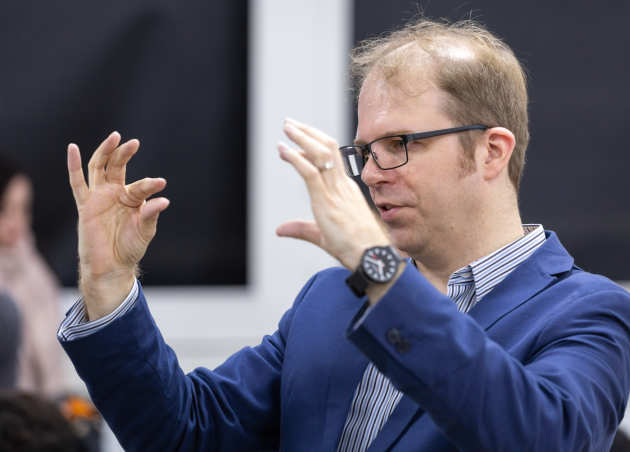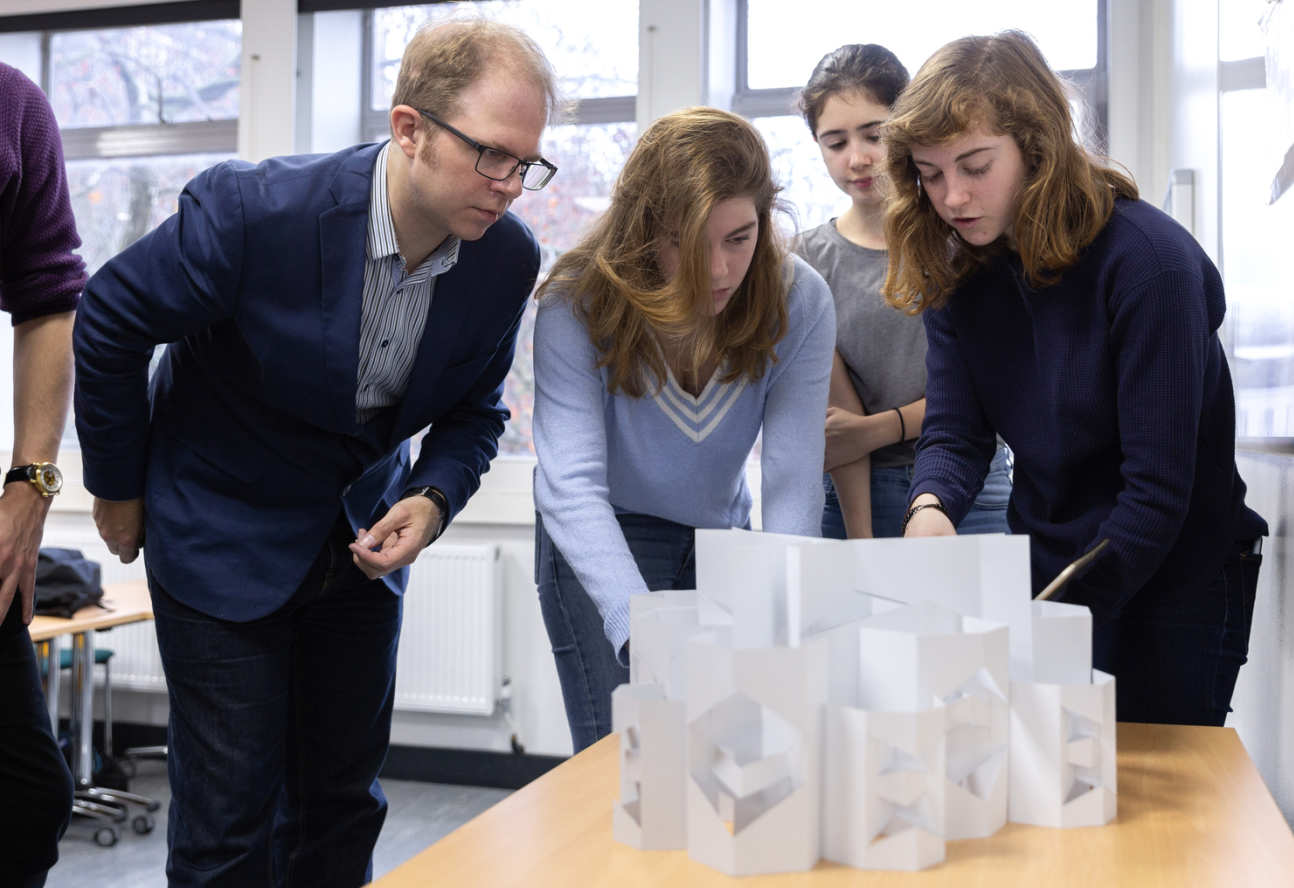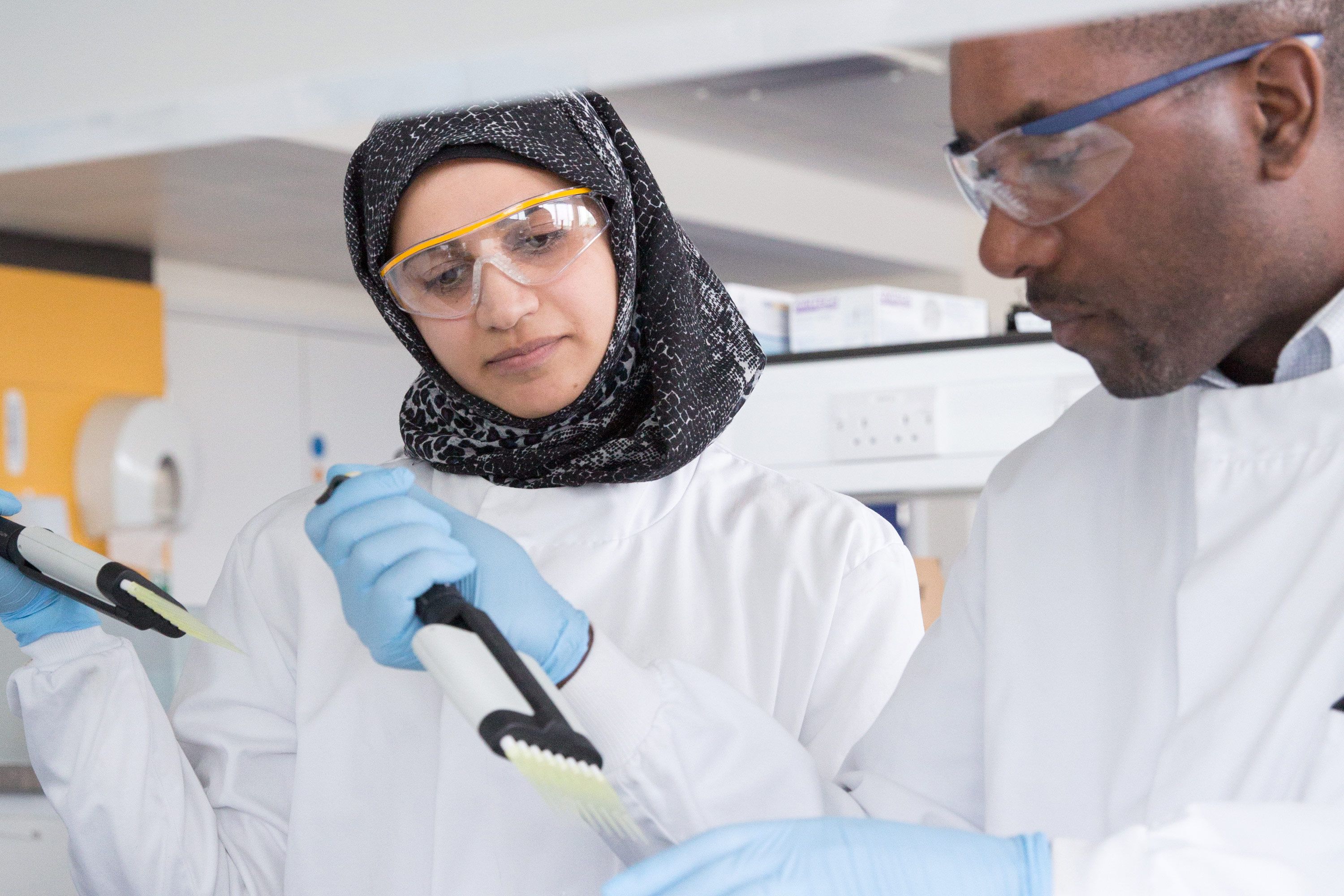 “Most civil engineers in industry carry around a notebook,” says Dr Andrew Phillips. “This is not just for notes but also for sketching quick diagrams. They’re forever folding paper into models and showing their ideas with these fairly limited tools.”
“Most civil engineers in industry carry around a notebook,” says Dr Andrew Phillips. “This is not just for notes but also for sketching quick diagrams. They’re forever folding paper into models and showing their ideas with these fairly limited tools.”
Dr Phillips is Learning Threads Coordinator for the MEng Civil Engineering course at Imperial. Three years ago, he reinvented a first-year module on sketching and modelling. He continues to run and develop the module with the help of two visiting design fellows, both recent graduates of the department now working in industry, and a small team of graduate teaching assistants.
He explains: “We wanted students to be able to use sketching and physical modelling, but we wanted them to be able to do that very much as part of the design process. What we were trying to do was take something that we would describe as an ‘engineering language’ and let the students in on that process almost immediately.”
During the module, students work on sketching and creating 3D pop-up objects made from cutting and folding pieces of paper.
“Civil engineers work on buildings, sometimes even city layouts and transport systems, and the process takes months or years. We’re trying to compress this down very rapidly so we decided a pop-up was something quite straight-forward that could be constructed quite quickly.”
Extract from students' reflective statement:
“We certainly feel as though we are better positioned for future design challenges. Not only are we now equipped with the technical skills, but we have also learnt to embrace constraints, work effectively within a team and gain a strong understanding of how to balance creativity and feasibility.”
At first this is done by hand, but later in the module students use computer software to develop their designs. By exploring both physical design and digital design of a pop-up, students experience a complete design process at least twice, each time generating a model and explaining to their peers how they did it. These models provide a relatively cheap and fast opportunity for students to experiment, fail, learn and improve.
Dr Phillips continues: “In industry, a lot of engineering firms have started to adopt digital design tools. These are the types of tools which are used by architects, furniture makers, even by shoemakers and dressmakers. We wanted to introduce students to these tools so they see the physical and the virtual as part of the same process.
Students work in teams of four and they are assessed on the process and how they communicate their ideas as well as the structures they create, with criteria such as invention and ingenuity. As part of the submission they produce a set of instructions that would enable someone else to accurately recreate the pop-up.
“We give them examples of Lego instructions and Ikea instructions and challenge them to do better. The instructions have numbers for steps and that’s it. There are no words. By constraining what you can do, people have to be more creative.”
An example of students’ instructions for recreating a pop-up [pdf]
Dr Phillips and his colleagues wanted the module to be formative, and to minimise the time they spend on demonstrating a few key skills. Instead they focus on assessing each team’s work, giving them specific and timely feedback, and explaining how they can improve. Student teams are also asked to give anonymous feedback to each other.
 Teams can use this feedback as they work on the next part of the module – their grand challenge submission: “They have to develop the design of a pop-up, and then they have to assemble a new artefact from different versions of that design.”
Teams can use this feedback as they work on the next part of the module – their grand challenge submission: “They have to develop the design of a pop-up, and then they have to assemble a new artefact from different versions of that design.”
For the grand challenge, students again have to deliver a set of instructions for recreating one of the pop-ups, explain the parameters that change between each individual pop-up and produce another set of instructions on how the individual pieces are formed into the final artefact. During the design challenge Dr Phillips and his colleagues, as well as other student teams critique each team’s work in progress, providing feedback, advice and assistance.
These final pieces of work are put on display and groups must present them via a two-minute slideshow: “We use auto advance, so they have 20 seconds per slide. They’re forced to select what’s important and it absolutely removes any sense of anybody being able to wing it.”
Finally, students are asked to submit a reflective statement about their experience of the course. Dr Phillips explains: “We get them to go back and reflect on what they’ve done – whether they think this is a reasonable version of the design process, if there is anything they would change or challenge.”
These statements benefit both students and their tutors, allowing the course to evolve and improve. Expanding on this process, Dr Phillips is now setting up an alumni mentoring programme.
He concludes: “When students get to the second year of their degree, they might decide they want to be a structural engineer, for example, or to work in fluid mechanics and airflow design. I hope they can work with an alumni mentor to discuss the skills and knowledge they have already picked up, then go on to talk about what they can do beyond the degree that’s really going to set them apart."
Exhibition of work students on the sketching and modelling module
Sign Up
If you are interested in receiving the Learning and Teaching Newsletter, please email ltstrategy@ic.ac.uk.
You can also view the issue archive online.


